A company aiming to revive the historic Hispano Suiza luxury brand has shown an electric luxury grand tourer, named the Carmen, at Geneva.
It says the 4.7m-long, two-seat Carmen is aimed at the emerging 'hyperlux' segment, which combines hypercar performance with Bentley levels of luxury.
Indeed, the Carmen produces a total of 1005bhp yet weighs just 1690kg, meaning it accelerates from 0-62mph in less than 3.0sec. Its top speed is electronically limited to 155mph.
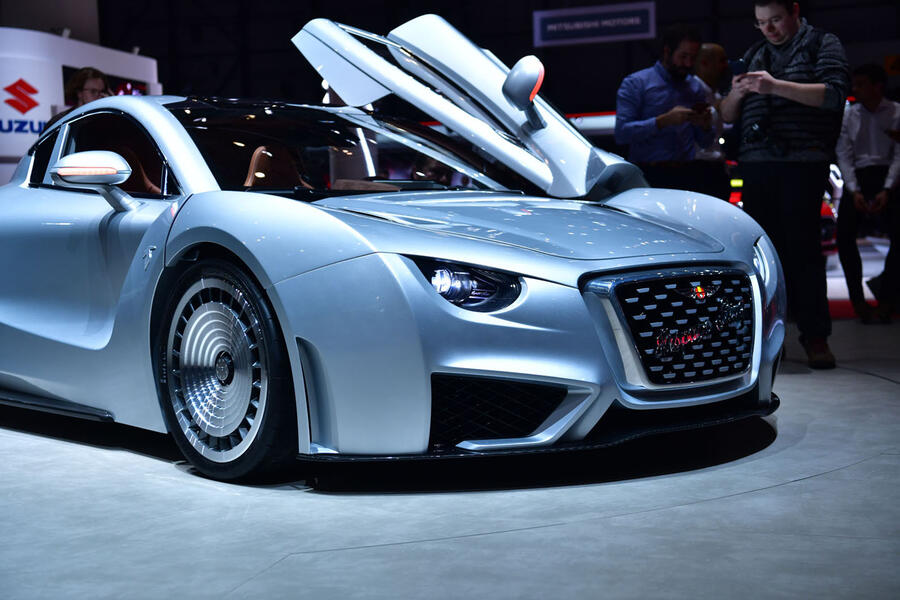
The entirety of the car has been designed and engineered by Barcelona-based QEV Technologies, which conducts research and development into electric vehicles and manages the Mahindra team in Formula E. The company will also undertake building of the Carmen.
The model is said to be one of the most "carbonfibre-intense cars in the world"; Hispano Suiza claims its carbonfibre monocoque and subframe engender one of the best-in-market stiffness-to-mass ratios, of 189lb ft/kg, while the body panels and seats are also made from the lightweight material.
The Carmen's electric powertrain comprises a 503bhp permanent-magnet synchronous motor on each rear wheel, which are marshalled by a torque vectoring system.
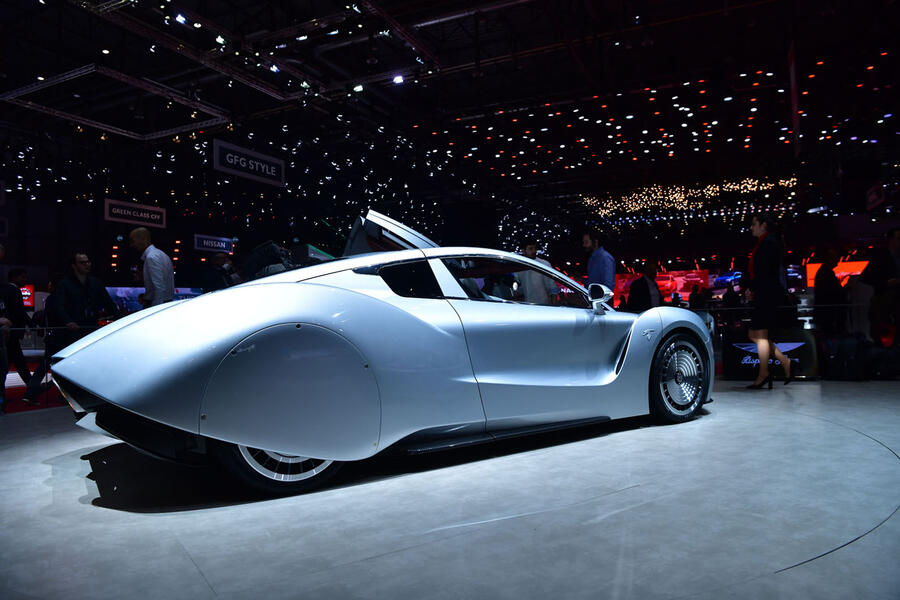

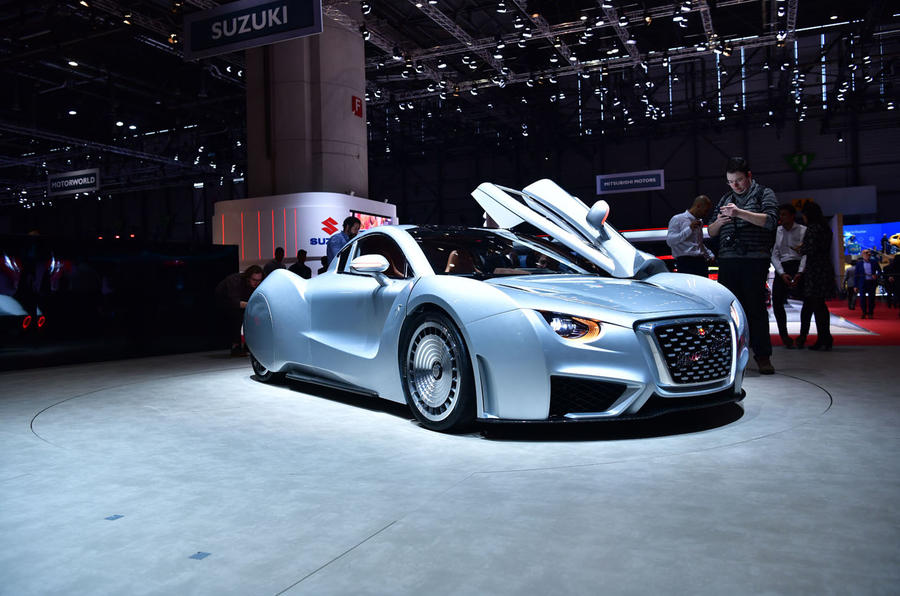















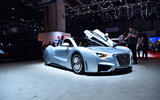


















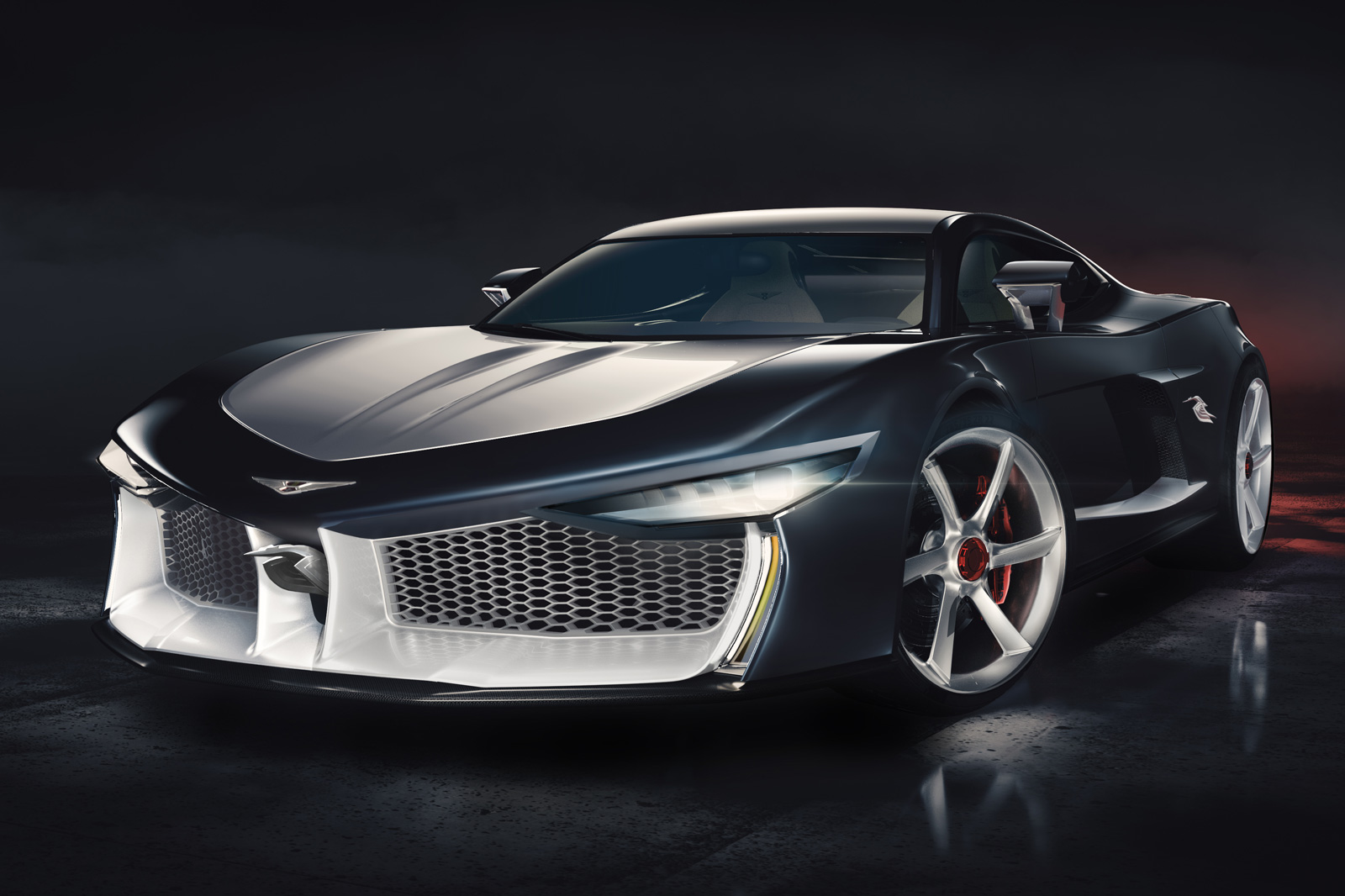


Join the debate
Add your comment
One Word...
SERIOUSLY????!!!!
Who signed that off? To be
PASS THE SICK BAG - QUICK -
PASS THE SICK BAG - QUICK -
Thats NOT an H-Suiza, it looks like a mish mash of Chinese cheap rubbish